Choose lime fertilizer
Apply lime fertilizer
Depending on the composition of your garden soil, there is a suitable lime fertilizer. In addition to classic limes such as garden lime, algae lime and marl lime, there are also rock powders. Their effect varies greatly depending on the source rock (has either an alkaline or acidic effect on the soil). Which powder you choose also depends on the intended use.
Algae lime, garden lime & Co
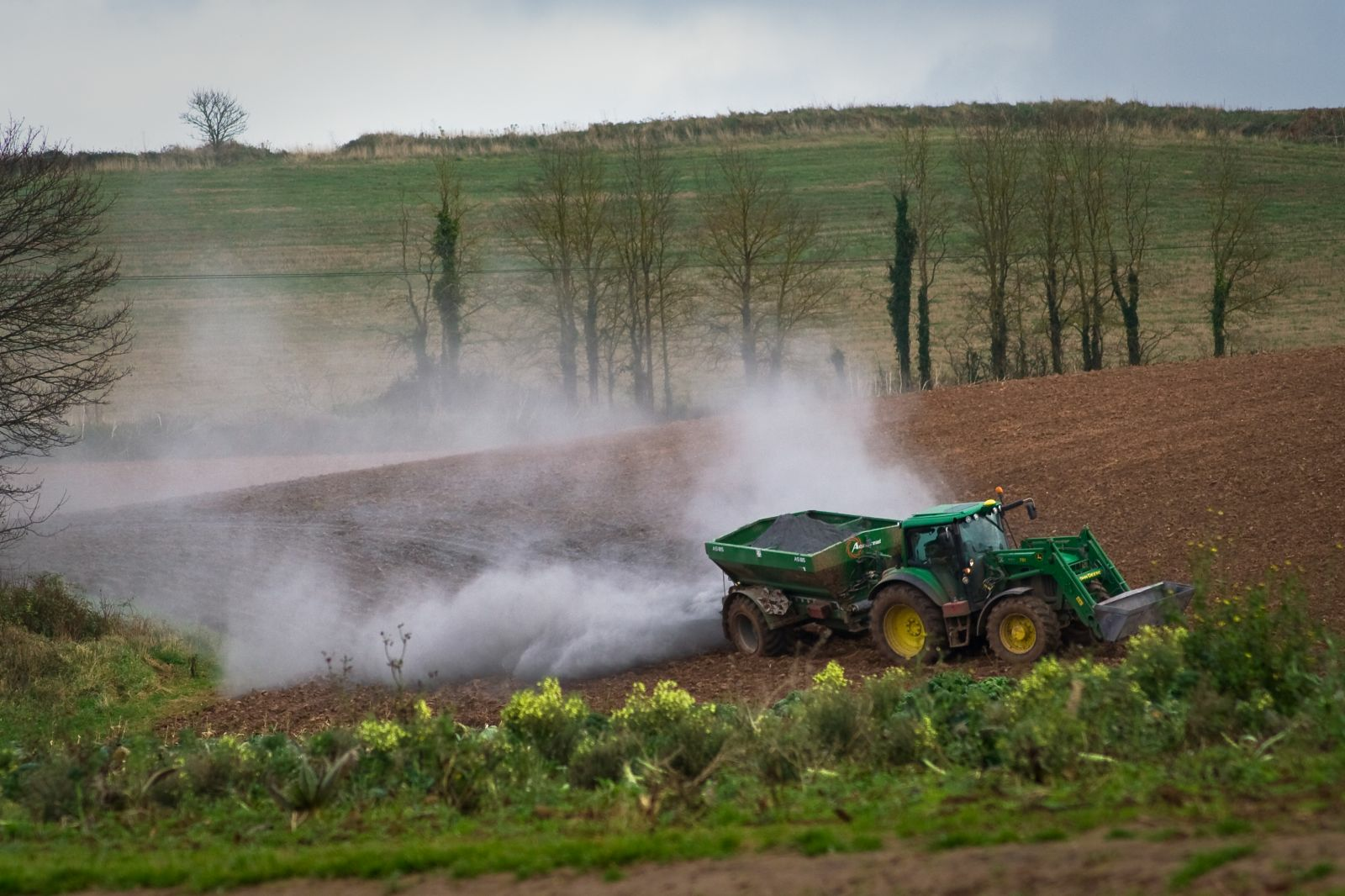
Lime fertilizers such as garden lime, lime marl, algae lime and rock flour are well suited for the hobby garden. These limes mainly contain carbonated lime. They work gently and slowly in the soil, improving it in the long term. There are also quicklimes and slaked limes. These limes have a very aggressive effect and should therefore not be used in hobby gardens! These limes are only used in agriculture to quickly improve heavy soils.
Our tip:
Lime improves the soil structure by boosting biological activity and thus humus formation. This is good at first, but too much lime can also leach out the soil. If the biological activity increases too much, this leads to humus depletion and thus a decrease in soil fertility. You should therefore use lime with caution and always keep an eye on the soil pH.
Choose the right lime fertilizer
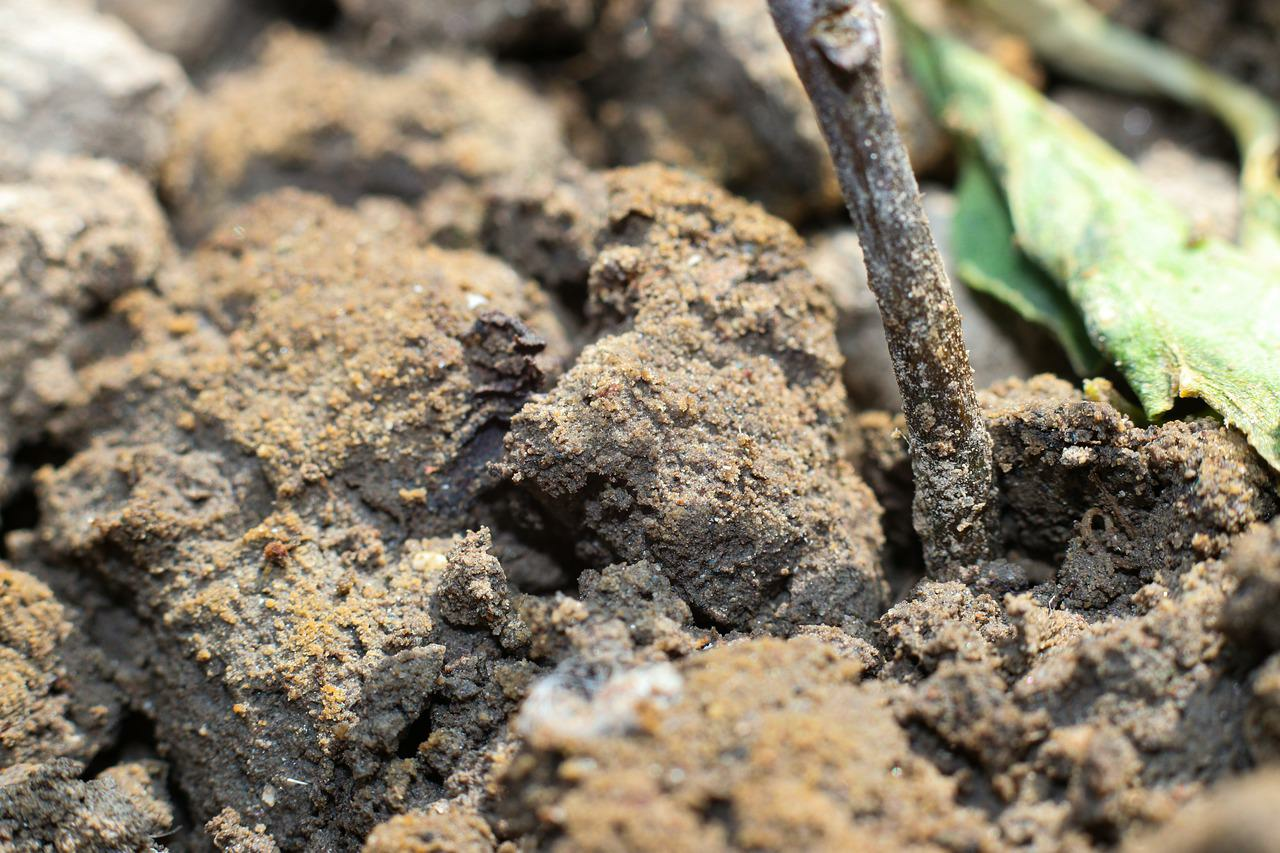
Depending on the type of soil you have in your garden, there is an optimum pH value. Depending on the application goal (maintaining, raising or lowering the soil pH), you can choose a suitable lime fertilizer for you. The long-term goal is to keep the soil pH as constant as possible over the years. As most garden soils acidify over time, you should therefore lime regularly. This replaces the lime that is used in the soil and by the plants.
Maintain soil pH
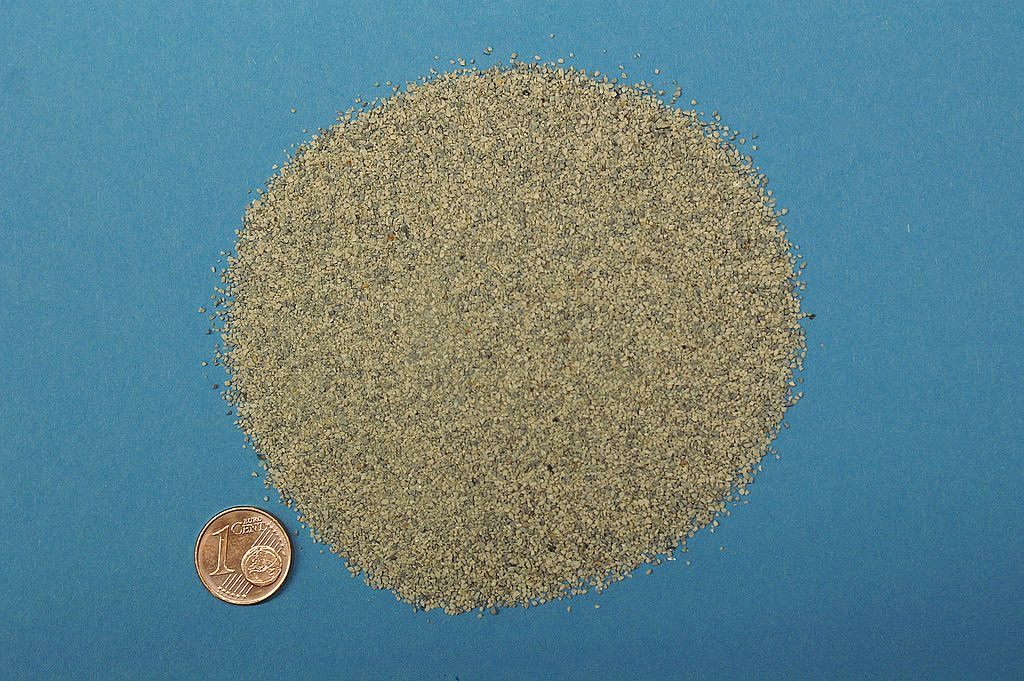
- maintenance liming every three years in autumn or spring
- dosage: between 100 - 150 g per m2/3.5 - 5.3 fl. oz. per 1.2 yd of lime, depending on the soil type
- clay soils need more lime than sandy soils
- choose flours with a high clay content for sandy soils
- Garden lime: light to medium-heavy soils
- Lime marl: mainly for sandy soils
- Algae lime: humus-rich garden soil
Raise soil pH:
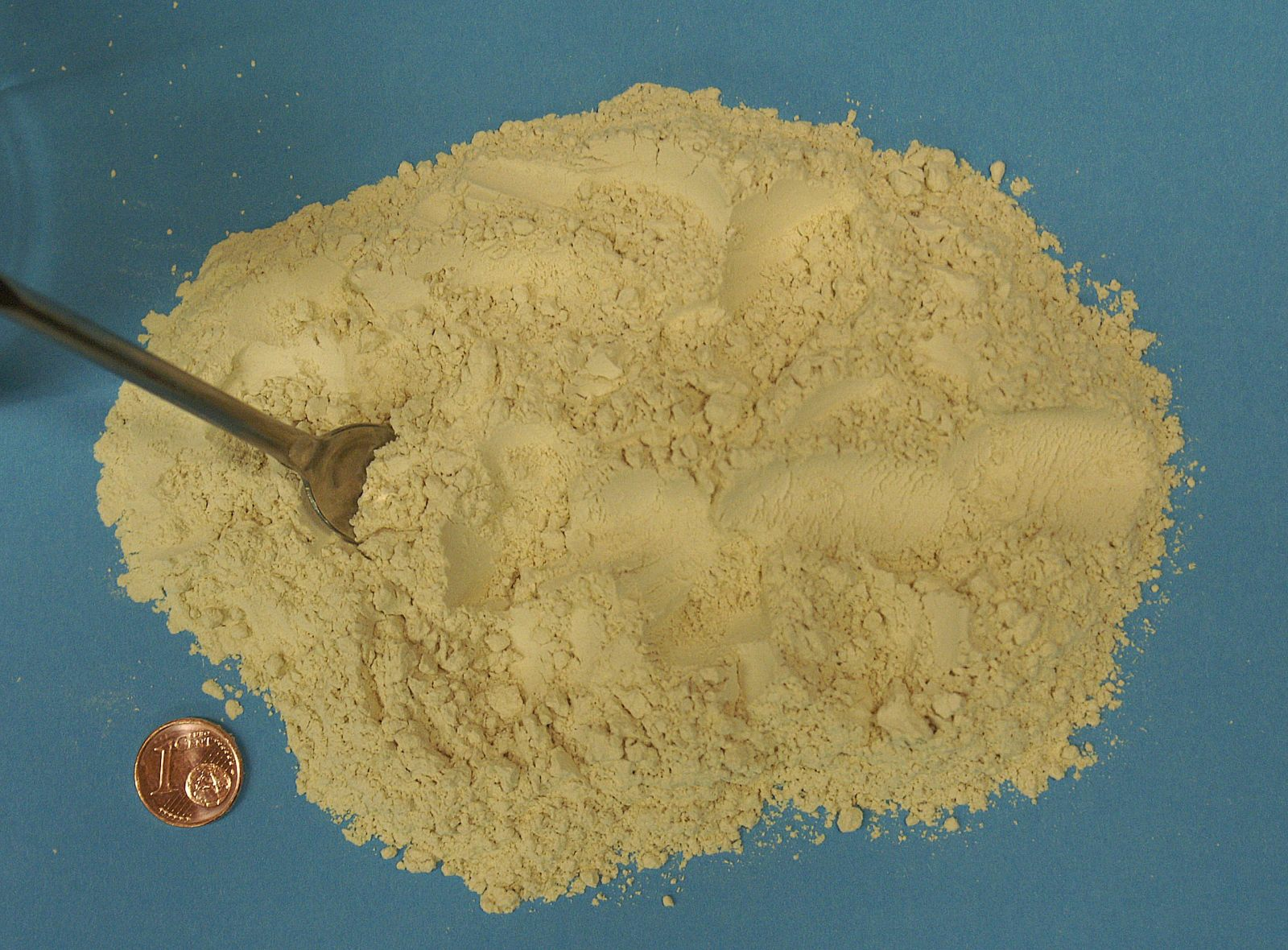
- to improve acidic garden soil, you can optimize the pH value with liming
- dosage: approx. 200 to 250 g per m2/7 to 8.8 fl. oz. per 1.2 yd2 of lime
- our tip: avoid ammonium-containing fertilizers such as liquid manure
Lower soil pH
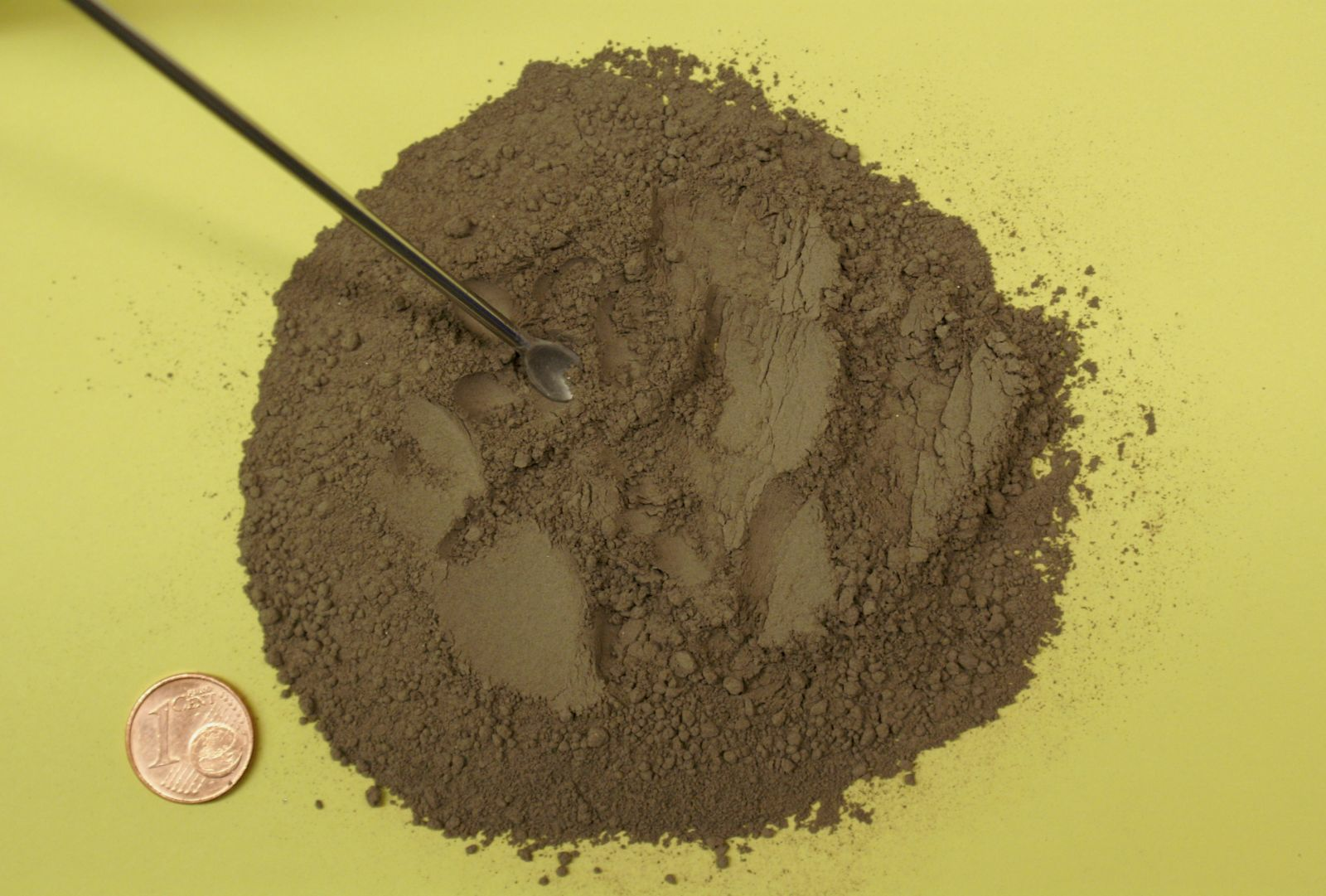
- Rock flour made from basalt or granite has an acidic effect and lowers the pH value
- use fertilizers containing nitrate
